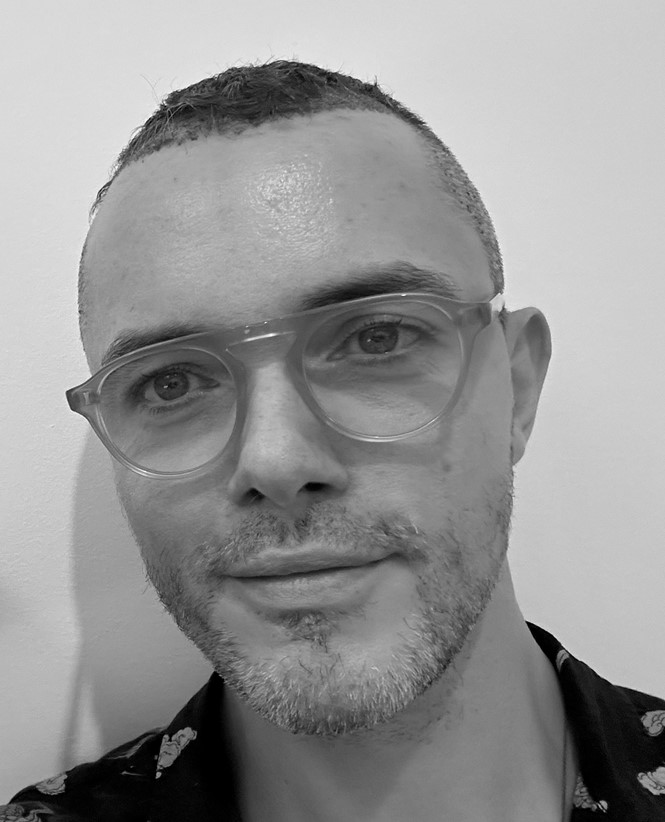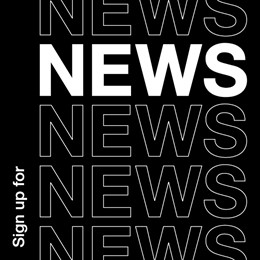What's not in a name

James McCarthy, freelance naming and verbal identity director, shares a technique to help great names survive the selection process.
Six words to strike fear into the most seasoned agency creative or strategist: “We need to do some naming.” Let the horror unfold. The threadbare brief. The awkward silences at the internal brainstorms. At length, the crushing realisation of the extent of the legal challenge ahead (“We can’t even have that?”). The soul-sapping, bewildering subjectivity of it all. “How does anyone do this?” you wonder.
As seasoned namers will tell you, taking all the key decision maker(s) including the CEO – who they’d much rather pull in at the eleventh hour – on a carefully managed journey of mutual enlightenment and alignment is fundamental. All this is before you’ve even generated, let alone presented, the names themselves.
Truth is, it doesn’t matter how amazing your names are if the process to get them a fair hearing doesn’t adjust for the many linguistic misconceptions, cognitive biases and group dynamics at play. Part of this is making everyone aware of these at the beginning, so they can check themselves and each other. The other part is carefully orchestrating the process throughout. Especially when it comes to the crucial name evaluation phase.
Some years ago, I found myself working on verbal identity elements for a new life-coaching brand. To fully immerse myself, I elected to be trained up as a practitioner. One unexpected gem I picked up on the way was the three-step creative technique Walt Disney reportedly used to generate creative ideas, based on perceptual positioning.
Disney identified three roles to step into. First, be the dreamer. No criticism or negativity allowed. No rules either. Forget the brief. Access your instinctive, non-judgmental inner child. Go with what you love, what feels right. Next step: the realist. Here’s where you start asking practical questions, still with a positive frame of mind but thinking of the brief. Does it do x, y, z? Finally, be the critic. Here’s where you get to be negative. How would the idea be blown up or ridiculed? Find all the holes. Pull it apart. Be ruthlessly critical.
So what’s this got to do with naming? Over the course of my naming career in London and New York, I began to observe a familiar pattern. Asked to comment on names, clients’ brows would furrow as each team member looked for ways to torpedo names. They would all pick off a few, to nods of approval. The combined subjectivity would see many of the names go, including all the most distinctive.
Why did they do this? Because it’s their job to be rigorous, to stress-test and look for potential weaknesses. It’s what makes them brilliant at what they do. And little wonder, this iterative process of refinement works well for almost everything else. But language is weird. You can soften a pantone or smooth out a user journey, but names are not so malleable. Don’t instantly like it? Chances are, the whole thing has to go. Thanks to those leviathan legal challenges, nobody can afford to lose potentially good names so easily.
There’s another, bigger issue here. The best name isn’t necessarily the least disliked, especially not at first sight. It’s the one with the greatest opportunity and potential, which is something quite different. Often because there’s something standout about it. It can take time to see this. Think of your personal favorites. It took open-mindedness, leaps of faith and imagination to get those out into the world. The courage to resist the familiarity bias and go with something distinctive. To look for opportunities first, not drawbacks. To be patient, coming back to the names over time to see how they settle and present themselves minus the artificial effects of conscious analysis, group dynamics and so on.
This is exactly what Disney’s three-step process was designed to unleash. And the beauty of it is, there is no compromise in rigor. That’s positively encouraged during steps two and three. So I took the thinking behind it and repurposed it for my naming process. With remarkable results, from the get-go.
Next time you’re naming, try it. Take your client on an inspiring, entertaining journey into naming, then invite them to dream and be open to opportunities first, critique afterwards. Let us know how you get on.













